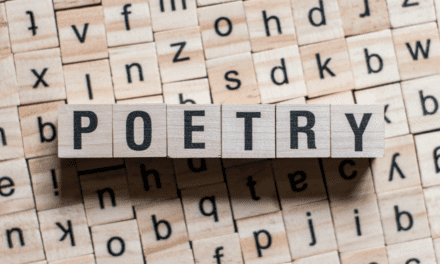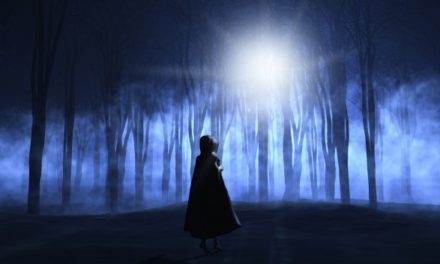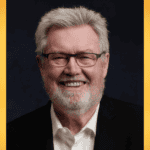Novel Writing course students often want to write a blockbuster novel. They dream of agents flourishing big cheques under their noses and their book in Whitcoulls’ window. Tutor Joan Rosier-Jones discovered these 13 simple/difficult steps to fame and fortune in a book “Writing The Blockbuster Novel” by Albert Zuckerman (Published by Little Brown). According to Mr Z the Blockbuster needs:
1 HIGH STAKES FOR THE PROTAGONISTS
The Blockbuster book is not a slice of life. It deals with the big issues – life, death, fortunes, all-consuming love, intense lust and passion.
2 LARGER THAN LIFE CHARACTERS
Your characters need to be people who do extraordinary things. There must be a resonance of personal closeness – family ties, or some close connection between the main characters. Tip: Don’t have too many characters.
3 DRAMATIC QUESTIONS
Identify the key question your book will answer, eg: Will the spy escape with the plans, or will he be captured first as in Eye of the Needle by Ken Follett? Will the heroine succeed in winning the hero’s love as in Gone With the Wind? The question can shift as the book progresses, but it should not shift too radically.
4 HIGH CONCEPT
It should be based on a “radical, even outlandish premise”. Build your blockbuster on highly dramatic situations. Combine high concept with a strong dramatic question for plot.
5 MULTIPLE POINT OF VIEW
Tell your story from more than one point of view, but not too many, say 3-4 at most, in order to give the reader insights into the feelings of the major characters.
6 SETTING
New, exotic or unfamiliar settings, crammed full of minute detail eg: Airport and Hotel were researched so the reader learned detailed inside information about these institutions.
7 OUTLINE
“No sane person would think of setting out to construct a skyscraper or even a one-family home without a detailed set of plans. A big novel must have the literary equivalent of beams and joists…” Tip: The outline needs rewriting just as much as the book itself does.
8 SUSPENSE STRUCTURE
Set up the scenes; plant questions; build anticipation. Tip: Put 80% of your writing energy into building suspense for your reader.
9 BIG SCENES
There should be 10-12 episodes in which the major characters are profoundly affected. The Big Scene:
* contains a startling surprise
* is built on powerful conflict
* extends over many pages
* has intense action and high emotions which rise and fall until almost unbearable
* tension builds to the obligatory or climactic scene
10 WEAVING PLOT STRANDS
Backstory techniques – read to see how others handle the backstory. Tip: Don’t begin with the past. Choose the ultimate starting point. You can then work backwards and forwards. Write short biographies of main characters, demonstrating how their lives intersected in the past. You may not need to use all or any of this, but it will connect the past and present for your characters, and there can be echoes in choices, actions etc.
11 PLOTTING RHYTHMS
Vary the pace; create ups and downs for your characters; have pleasant diversions, but they MUST be sub-plots of the main plot, not superfluous to it. Tip: Use comic relief if suitable.
12 STORY POINTS
Analyse your story points. How many shifts in dynamics are there in each chapter?
13 REVISION
Having written your blockbuster novel manuscript, you will need to rework it and revise it again. Tip: This is probably where the main difference lies between failure and success.
Do you want to develop your ideas into a story?
Learn how to write fiction for adult readers: family drama, war stories, literary, western, sci-fi, historical, adventure, escapes stories… Who knows perhaps it will be a best seller?










